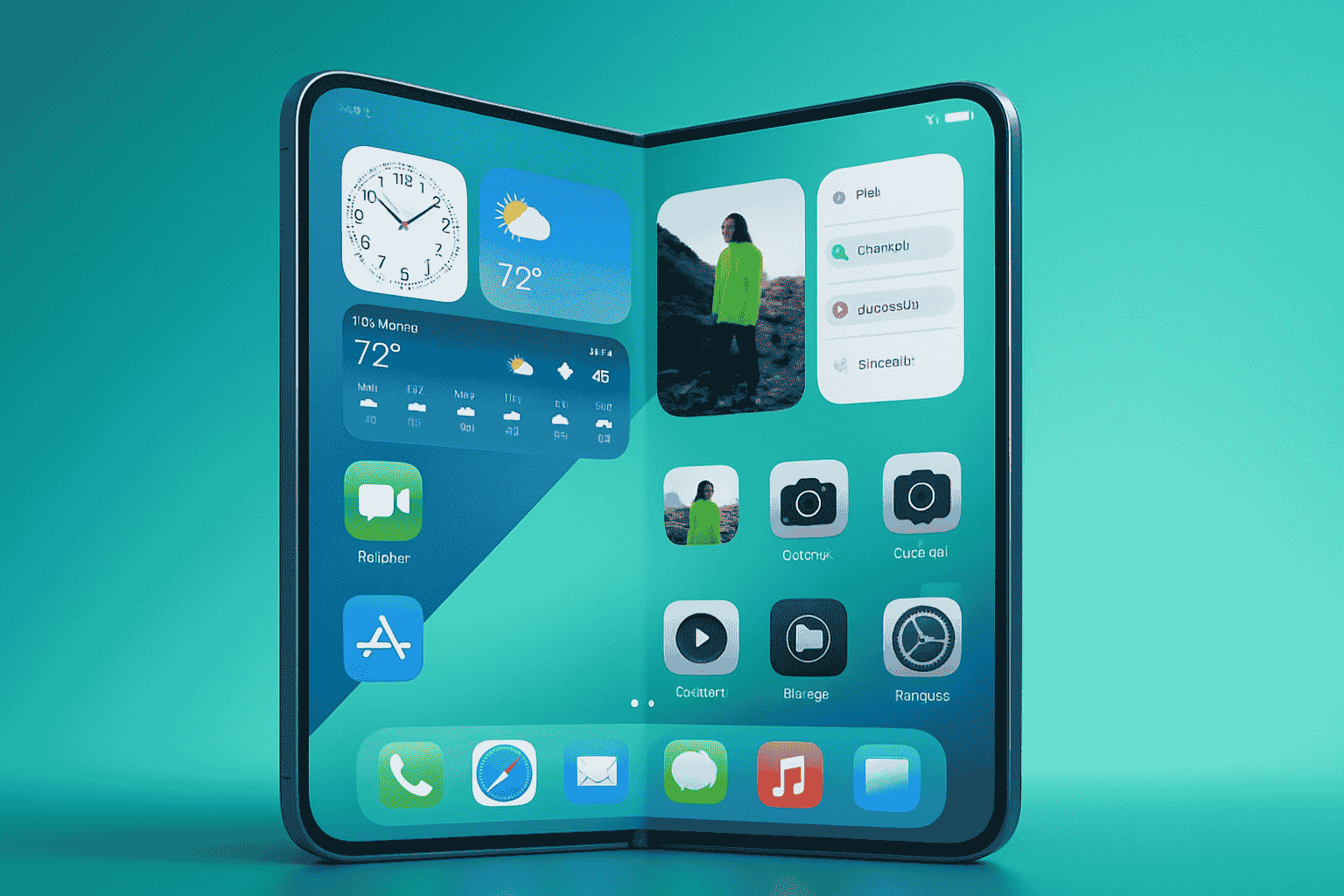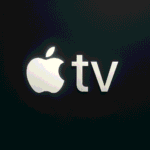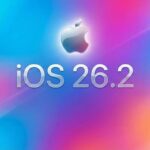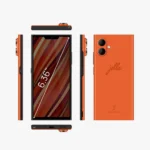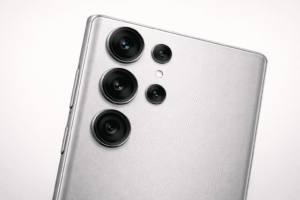The foldable iPhone has shifted from a quiet rumor to an industry obsession. It’s no longer just sketches in patent filings or dreamy concept renders circulating on tech forums — credible reports from supply-chain insiders and analysts now suggest Apple is testing actual prototypes. If true, the company could be on track to unveil a foldable iPhone within the next couple of years.
But Apple is Apple. Unlike rivals that rush products to market, Cupertino tends to bide its time, refining the tech until it feels unmistakably “right.” The question is: what does “right” look like in the foldable world, and when can we realistically expect it?
Latest Rumors
Trusted industry voices claim Apple has gone far beyond dabbling in ideas. Engineers reportedly have multiple prototypes in development, including two distinct styles:
A book-style fold, similar to Samsung’s Galaxy Z Fold, with a large interior display and a secondary outer screen.
A clamshell foldable, more compact, which folds vertically like the Galaxy Z Flip.
Early whispers also describe Apple experimenting with ultra-thin titanium frames and near-creaseless OLED panels. If true, these choices align with Apple’s broader push toward thinner, lighter devices — and its tendency to redefine categories rather than simply join them.
Design Challenges Apple Must Solve
The Display – Current foldables still show visible creases. Apple is reportedly testing ultra-thin glass instead of plastic to minimize these flaws.
The Hinge – The hinge must feel smooth, premium, and last for years without wearing out. Apple is rumored to be exploring new hinge modules designed to survive hundreds of thousands of folds.
Durability vs. Thinness – Apple’s obsession with thin, elegant hardware clashes with the bulkiness of foldables. The company’s solution may involve lightweight titanium, advanced alloys, and re-engineered internal layouts.
Manufacturing and Supply Chain Strategy
Reports suggest prototype and pilot production lines are already underway in Taiwan, while large-scale assembly could eventually be distributed between Foxconn in China and Apple’s growing production hubs in India.
This dual-location strategy reflects Apple’s ongoing push to diversify manufacturing beyond China.
On the component side, display makers in Korea and Taiwan are competing for contracts to supply the foldable OLED panels, while hinge specialists work to meet Apple’s notoriously strict durability standards. The result? A complex, global ecosystem quietly gearing up for a product that hasn’t even been announced yet.
Manufacturing and Supply Chain Strategy
Industry watchers believe Apple’s timeline points to 2026 as the most likely debut window. That fits Apple’s usual rhythm: prototypes now, validation through 2025, pilot runs in early 2026, and a grand unveiling in the fall.
But let’s be clear: Apple is in no rush. If the tech isn’t ready, the company will wait. That’s how we ended up with the Apple Watch years after early smartwatches flopped — and how Apple often dominates categories by being late but better.
As for pricing? Expect a shock. Predictions put a first-gen foldable iPhone at well over $2,000, firmly in the luxury bracket. Apple rarely dips its toe cheaply into new hardware segments. The first buyers will likely be early adopters, Apple enthusiasts, and professionals who already invest in premium devices like the MacBook Air M4 and crave more screen space without juggling multiple devices.
Why It Matters
What makes this more than just another gadget release is Apple’s unique ability to change the entire tech landscape overnight.
We’ve seen this story before. The iPod didn’t invent the MP3 player; it perfected it. The iPhone didn’t create the smartphone; it redefined it.
And the Apple Watch didn’t pioneer the smartwatch; it made it mainstream. If Apple throws its hat into the foldable ring, it would trigger a similar chain reaction.
Competitors would be forced to innovate faster, app developers would rush to optimize their software for these new screens, and a whole new ecosystem of accessories would spring up.
In the end, we all win, because the entire market would shift into a higher gear, leading to better devices for everyone, much sooner.
Also read: Apple A19 Pro or Snapdragon 8 Elite: Which Processor Is Better for Gaming?
Final Thoughts
The foldable iPhone is no longer a far-fetched dream. Prototypes exist, suppliers are preparing, and insiders are whispering louder than ever.
But as with every Apple product, timing will hinge on one thing: whether the company can make it seamless, premium, and unmistakably Apple.
If it can, the foldable iPhone won’t just be another smartphone. It could be the device that finally pushes foldables from niche novelty into mainstream must-have.

